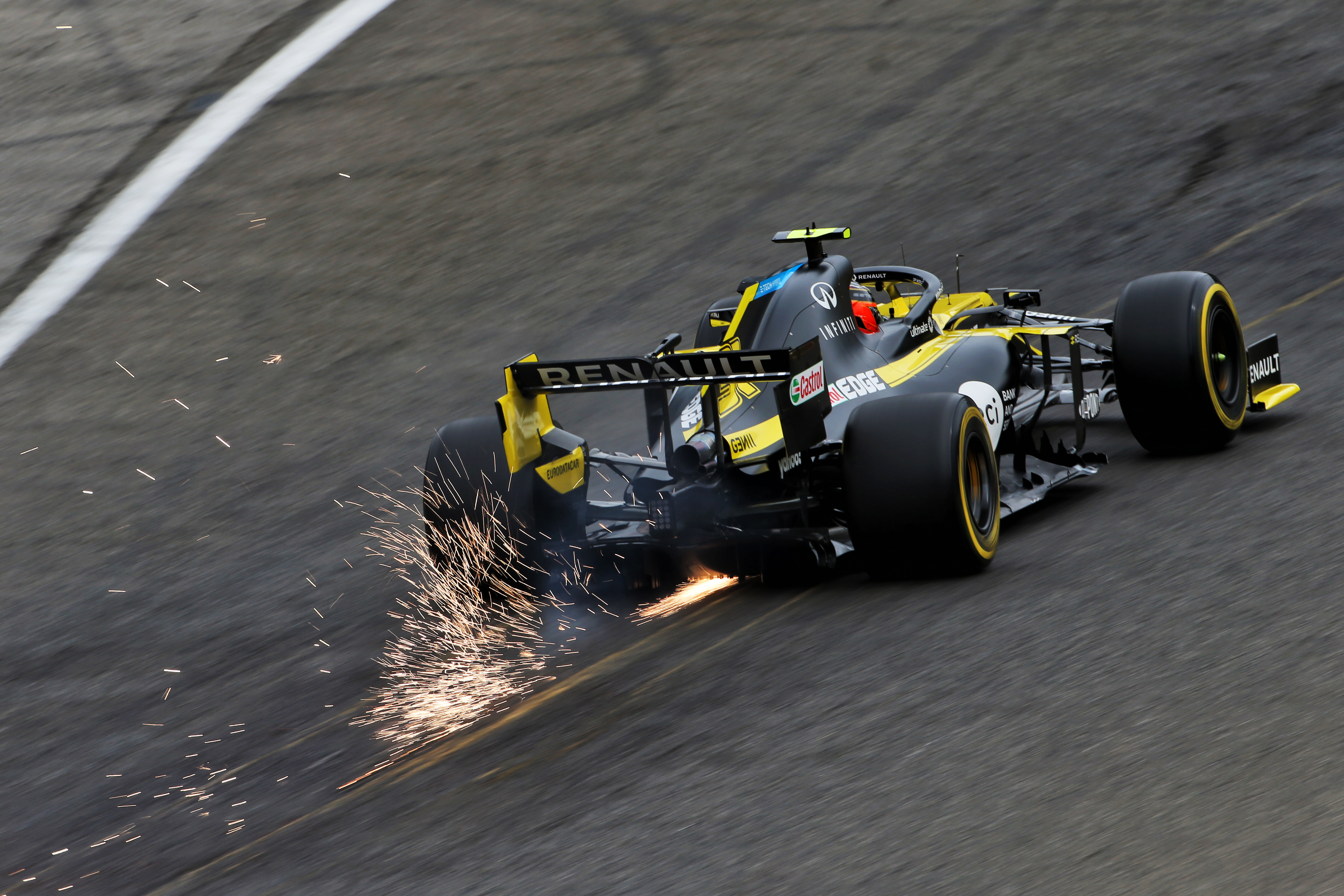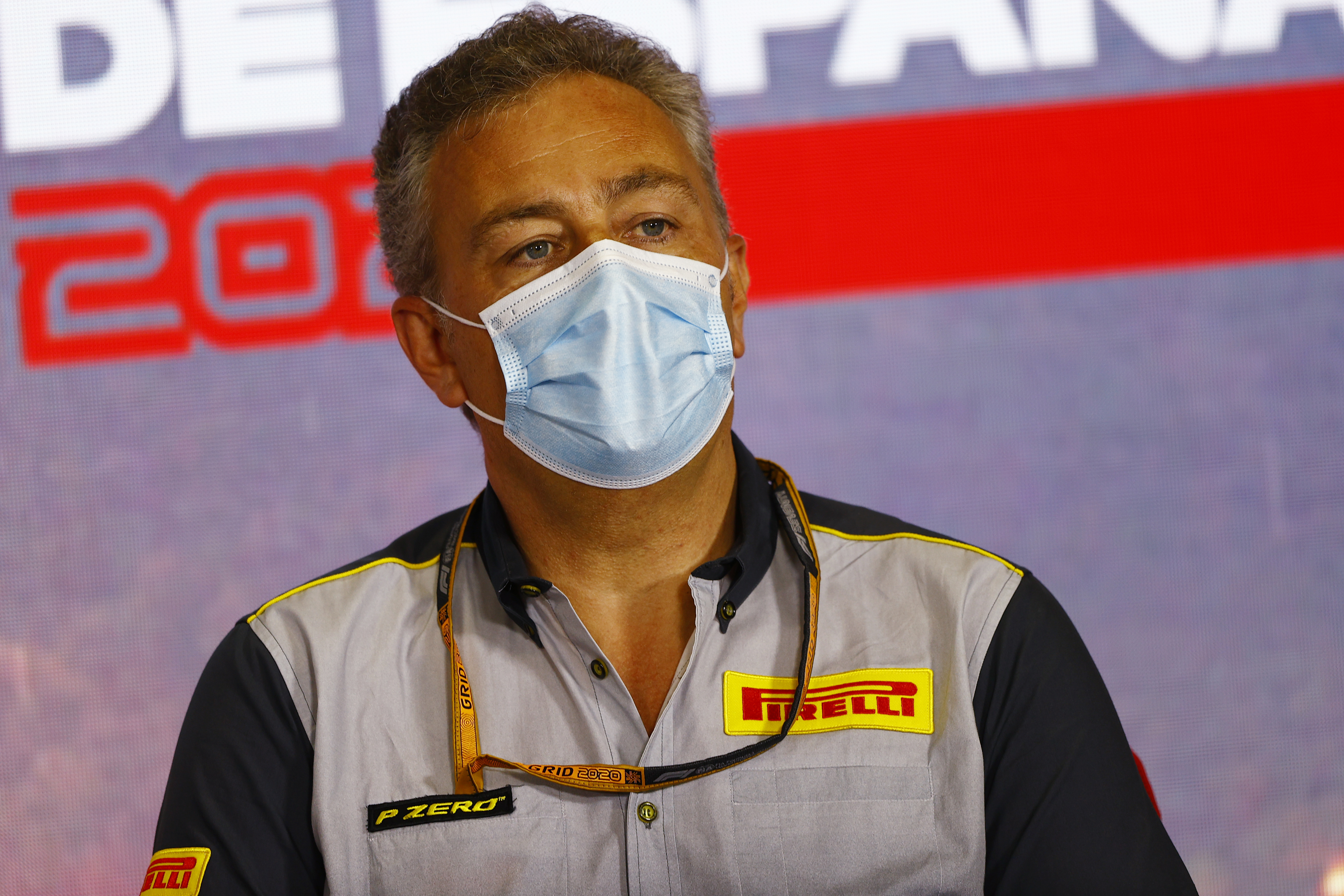Up Next

Safety concerns have moved the FIA to intervene and further cut the downforce produced by Formula 1 cars for 2021, to assist Pirelli with the anomaly of limited tyre development.
Pirelli’s current tyre compounds will be carried over for a third season next year, and the cars are already producing greater loads than ever before and can continued to be developed aerodynamically.
A planned new 2020 specification developed by Pirelli was abandoned after a vote late last year, and the coronavirus pandemic has pushed back the introduction of 18-inch wheels and new compounds to 2022.
An investigation showed a 100% increase in vertical and lateral load at the apex of Copse from 2011 to 2020
That means continuing with the current compounds, because F1’s compressed schedule and the coronavirus-related travel restrictions stop Pirelli from carrying out a development programme for this year to update the existing spec for 2021.
To assist with that the FIA had already ruled that the rear of the floor would be amended for next season to strip away some downforce and car performance.
However, analysis of how much load is being put through the tyres has prompted the FIA to take further action as a precaution.
The governing body insists this is not a declaration that Pirelli’s product is unsafe but is simply trying to mitigate against the unusual circumstances than prevent the tyre supplier from improving the specification in line with car developments.
“We will eliminate some slots on the side of the car, on the edge of the floor,” said FIA head of single-seater technical matters Nikolas Tombazis.
“We will make the rear brake duct winglets, this cascade that lies at the bottom of the rear brake ducts, 40 millimetres narrower.
“And the diffuser fences that are further inboard and go down to the reference plane, they will be chopped up by 50 millimetres.”
The FIA estimates that these changes will remove 4-5% of the car’s overall downforce, in addition to a similar amount being cut by the existing floor-edge changes.
This adds up to around a 10% reduction for next year overall, though teams will gain some of that back anyway through development.

“Clearly it’s an inexact science because we don’t know how much teams will find performance and we don’t know the exact effects, but these are estimates,” said Tombazis.
The rule changes will be discussed with teams further next week to ratify the wording that is put to the FIA World Motor Sport Council for approval.
As F1 cars are heavier than ever and faster than ever, Tombazis said the FIA felt compelled to act because car development and tyre development should normally progress in unison but the anomalous circumstances of 2020 prevent that from happening.
“With less downforce we can use also the tyres at a slightly different pressure and therefore reduce some effects” :: Mario Isola
The upshot of the FIA’s intervention will be 2021 cars have “maybe a slightly lower downforce than this year, but not a huge amount less after all the development”.
“And therefore, we will be a bit safer than this year,” said Tombazis. “But certainly a lot safer than we would be if we had done no intervention at all.”
Pirelli F1 boss Mario Isola said his company supported the FIA’s position and is still willing to test some prototypes in free practice to make improvements for 2021 if possible.

But wholesale changes are out of the question, limiting Pirelli to “adapting or finetuning the current construction”.
Isola said that the FIA’s changes were a “sensible proposal” that could have other benefits.
“It is in the interest of the sport to have better racing, with less downforce we can use also the tyres at a slightly different pressure and therefore reduce some effects,” he said.
Pirelli conducted its own investigation recently that revealed the extent of the challenge the tyres are presented with in 2021.
A spate of tyre failures occurred late in the British Grand Prix at Silverstone earlier this month, which was a result of extremely long stints, a high-energy circuit and severe loads being placed through the front-left tyre.
Isola explained that an investigation into the vertical and lateral loads from 2011, when Pirelli’s F1 development began, to 2020 showed a 100% increase in load at the apex of Copse – which he called “a huge number”.
Tombazis said that was exacerbated by cars weighing so much more now, a legacy of hybrid engines, halo devices and other safety improvements.
“There’s a number of reasons which cars have become heavier, which I think are good enough reasons to make cars heavier,” said Tombazis.
“Even though we would all love cars to be 2-300 kilos lighter, which is not the case.”





